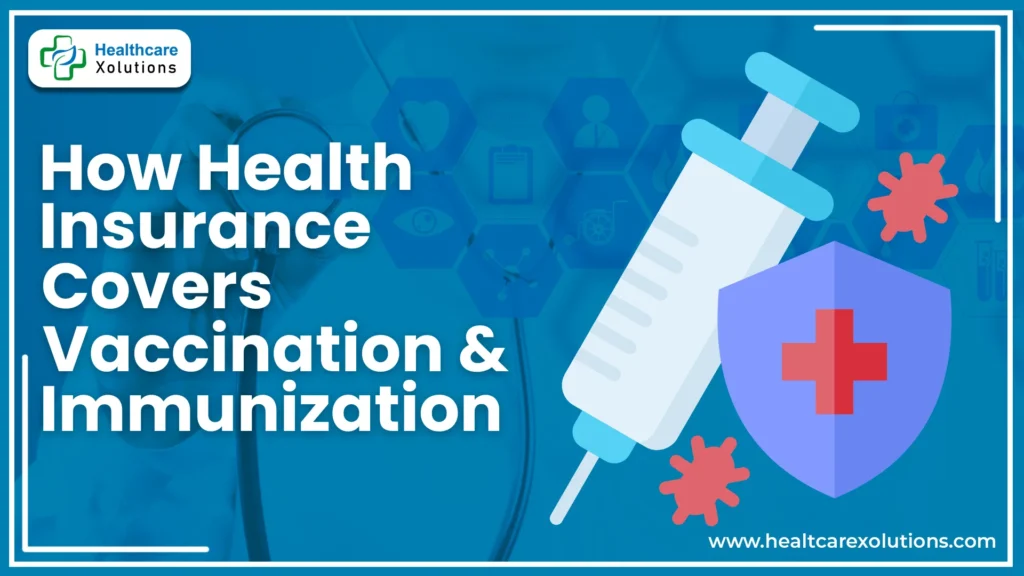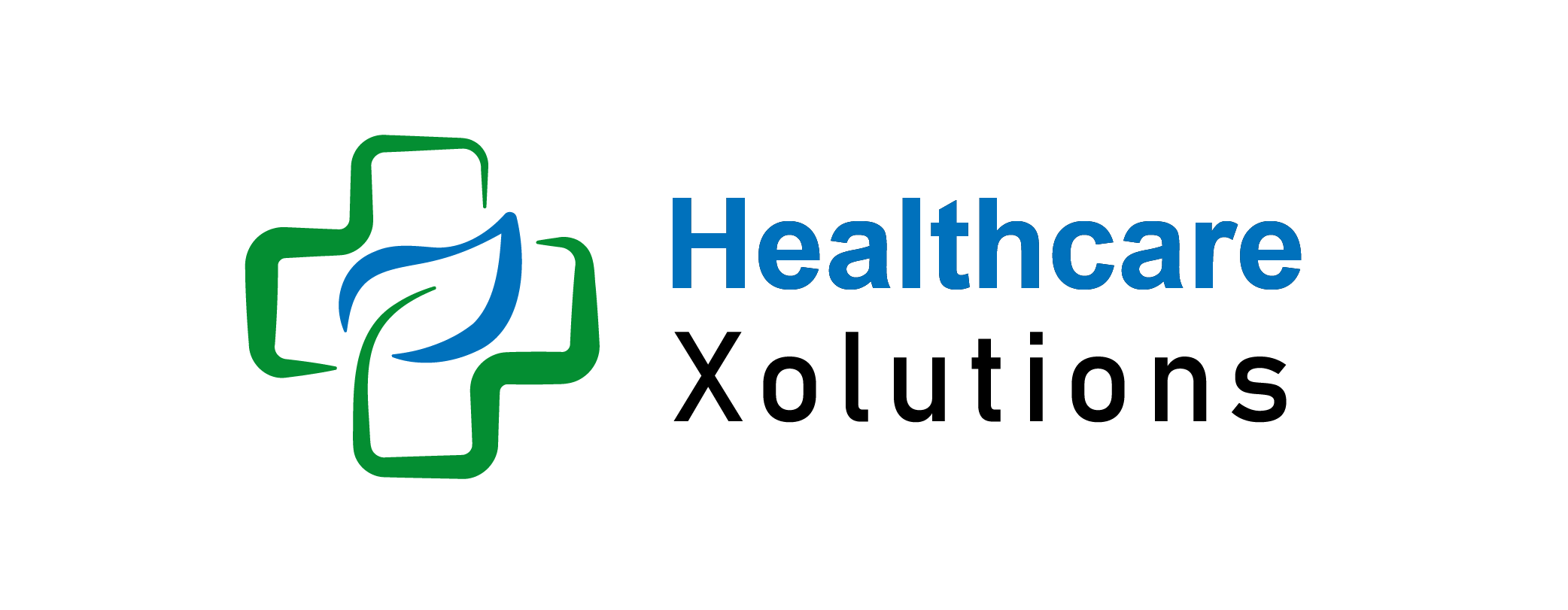How Health Insurance Covers Vaccinations and Immunization?

Vaccinations and immunizations play a vital role in preventing infectious diseases and promoting public health. However, many individuals worry about the cost and accessibility of vaccines. Fortunately, health insurance covers most essential immunizations, ensuring affordability and widespread protection.
Depending on the type of insurance, government-funded programs, employer-sponsored plans, or private insurance, vaccine coverage may vary. This article explores how health insurance covers vaccinations, the types of immunizations included, and how individuals can maximize their benefits to stay protected.
Key Takeaways:
- Most health insurance plans cover routine vaccines at no cost, including childhood, adult, and travel-related immunizations.
- Government-funded programs like Medicare, Medicaid, and CHIP offer free vaccinations for eligible individuals.
- Out-of-network providers and non-routine vaccines may result in additional costs.
- Reviewing insurance policies and choosing in-network providers ensures full vaccine coverage.
- Travel vaccines and non-standard immunizations may not be covered under all plans.
Table of Contents
How Health Insurance Covers Vaccinations and Immunization?
Most health insurance plans classify vaccinations as preventive healthcare services, meaning they are covered at little to no cost. Insurance providers recognize that preventing diseases through immunization is more cost-effective than treating severe illnesses that may lead to hospitalization.
Types of Insurance Covering Vaccines:
Health insurance coverage for vaccines depends on the type of plan, including:
- Government Programs (Medicare, Medicaid, CHIP)
- Employer-Sponsored Health Insurance
- Individual and Family Health Insurance Plans
- Marketplace Insurance (ACA Plans in the U.S.)
Vaccination Coverage Under Different Health Insurance Plans:
1. Government-Funded Programs:
Medicare:
- Covers specific vaccines under Part B, including influenza (flu), pneumococcal, hepatitis B, and COVID-19.
- Shingles and other vaccines are covered under Medicare Part D.
Medicaid & CHIP (Children’s Health Insurance Program):
- Provides full coverage for CDC-recommended childhood and adult vaccines, often at no cost.
2. Employer-Sponsored & Private Health Insurance:
- Under the Affordable Care Act (ACA), most U.S. health insurance plans must cover all routine vaccines with no copayments or deductibles.
- Similar mandates exist in other countries, ensuring coverage for vaccines like MMR, HPV, and tetanus.
3. International Health Insurance Coverage:
- Countries like the UK, Canada, and Australia provide free vaccinations through public healthcare systems.
- Private health insurance in these countries may cover additional vaccines, such as travel-related immunizations.
Types of Vaccines Typically Covered:
Health insurance policies usually cover vaccines recommended by:
- CDC (Centers for Disease Control and Prevention)
- WHO (World Health Organization)
- Local health ministries
Common Vaccines Covered by Insurance:
1. Childhood Vaccines:
- Polio
- MMR (Measles, Mumps, Rubella)
- Hepatitis B
- DTaP (Diphtheria, Tetanus, Pertussis)
- Rotavirus
- Chickenpox
2. Adolescent Vaccines:
- HPV (Human Papillomavirus)
- Meningococcal vaccines
3. Adult Vaccines:
- Influenza (Flu)
- Pneumococcal
- Tdap (Tetanus, Diphtheria, Pertussis)
- Hepatitis A & B
- Shingles
4. Travel Vaccines (Coverage Varies):
- Yellow Fever
- Typhoid
- Rabies
5. COVID-19 Vaccines & Boosters:
- Fully covered under most insurance plans.
Are There Any Costs Associated With Vaccinations?
While most routine immunizations are covered at no cost, certain situations may lead to out-of-pocket expenses:
- Out-of-Network Providers: Getting vaccines from an out-of-network provider may result in higher costs.
- Non-Routine Vaccines: Some travel-related vaccines or experimental immunizations may not be fully covered.
- Copayments & Deductibles: Certain vaccines may require partial payment depending on the insurance plan.
How To Ensure Your Vaccines Are Covered?
To avoid unexpected costs, follow these steps:
- Check Your Insurance Policy: Review your insurance provider’s list of covered vaccines.
- Choose an In-Network Provider: Visit an in-network doctor, pharmacy, or clinic for full coverage.
- Use Government Programs If Eligible: Low-income individuals and children can get free vaccines through programs like Vaccines for Children (VFC) in the U.S.
- Confirm Before Travel: If you need travel vaccines, check if your insurance covers them or explore travel clinics.
Conclusion – How Health Insurance Covers Vaccinations and Immunization?
Health insurance plays a critical role in ensuring access to life-saving vaccines, helping individuals and communities stay protected from preventable diseases. Government programs, employer-sponsored insurance, and private plans provide comprehensive vaccine coverage, often at no cost. Understanding your insurance benefits and choosing in-network providers can help you maximize coverage while avoiding unnecessary expenses. By staying informed about covered immunizations, individuals can use health insurance effectively and maintain optimal health.
FAQs:
Are all vaccines covered by health insurance?
Most routine vaccines recommended by the CDC and WHO are covered. However, travel vaccines and non-routine immunizations may require additional costs.
Can I get vaccinated at any pharmacy or clinic?
It depends on your insurance plan. Many plans require vaccinations to be administered by in-network providers for full coverage.
How can I find out which vaccines my health insurance covers?
You can:
1. Check your insurance provider’s website.
3. Contact customer service.
3. Review your policy’s benefits summary.
What should I do if my insurance denies vaccine coverage?
1. Appeal the decision with your insurance provider.
2. Check government programs for eligibility.
3. Seek low-cost options at public health clinics.
